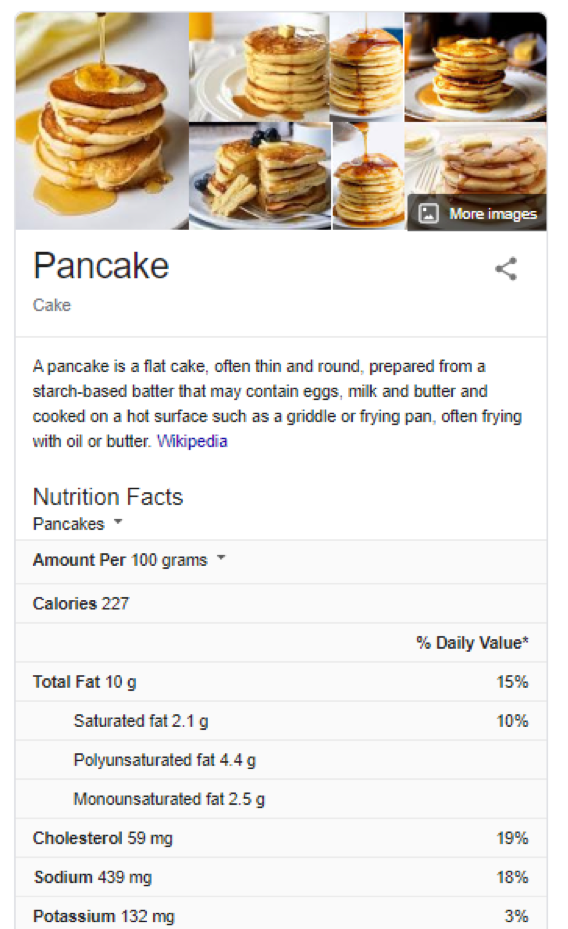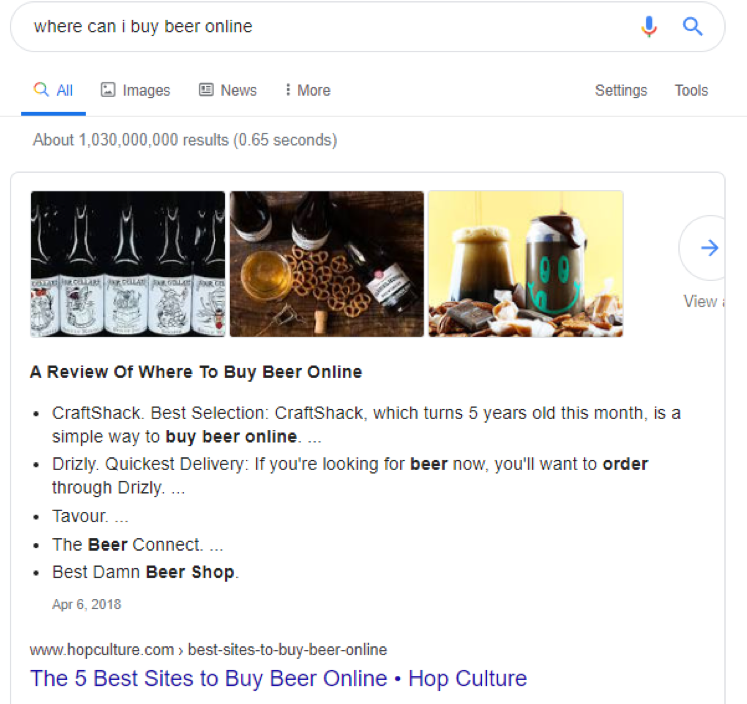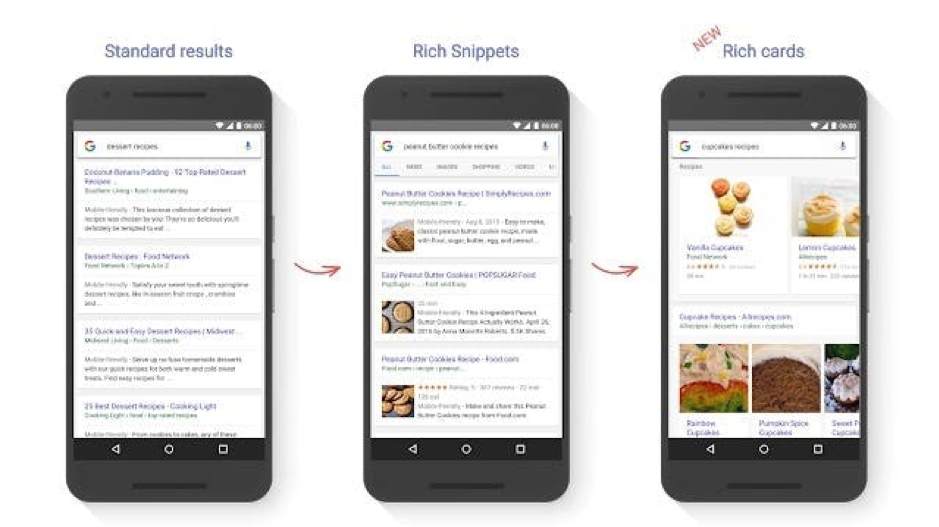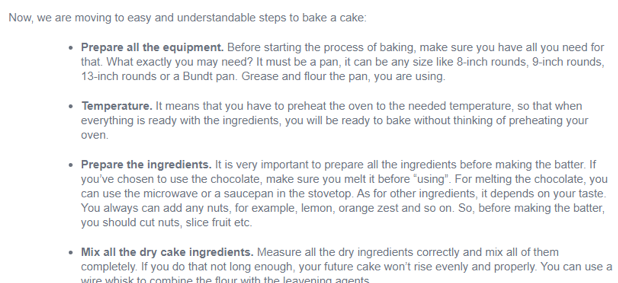Optimising Your Blog For Voice Search - The Advanced Edition
Voice search started out as a futuristic concept. Marketers threw it into conversation without any real intention to change their strategy to accommodate it. Fast forward to 2020 and voice search is now one of the most important topics to address. Last year we talked about getting ready for voice search. Now we’re talking about how to fix your content to keep up with user demands. Here’s how to optimise your blog for voice search.
Photo by Status Quack on Unsplash
Why is Voice Search So Huge?
Voice search is a user led trend. Spurred on by increased mobile searches, a desire for faster and easier answers and in many cases, the need for a hands-free approach. Imagine you’re cooking and need to follow a recipe. Are you going to touch your phone with your not-so-clean hands or simply ask Google and listen to the recipe? With voice search ready devices increasingly taking their places in our lives, there are many situations where voice search is easier. One of the main reasons we all love voice search is that it allows us to multitask.
Previously, businesses were ranked in the top 10 of search results. If you ended up there on page 1; you had done a great job. Now, imagine there is only one result. It will appear prominently above all other results and dominate the user focus. It’s not great news if your business isn’t optimised for voice search. With voice search, it's winner takes all. You’re either part of the voice search revolution or you’re sliding into obscurity.
Top 5 Voice Search Devices
Check Out The Latest Stats On Voice Search:
· In Belgium, 22% of internet users used voice search during the last month (Dec. 2019)
· By 2024, the global voice-based smart speaker market could be worth $30 billion
· 60% of smartphone users have tried voice search at least once in the past 12 months
· Home penetration for smart speakers is predicted to rise to 55% by 2022
· 55% of teenagers are using voice search daily basis
· Voice-based searches using a mobile phone are 3 times more likely to be location-specific
· In terms of accuracy, Google Home is the winner, answering 81% of queries correctly
· Over 20% of voice search queries are triggered by a combination of only 25 keywords
· Google reports that “____ near me now” searches have grown by 150% over the last two years
· Top 3 common keywords in voice search phrases are "how", what" and "best"
· 52% of voice-activated speaker owners are open to information about promotions and deals
· 85% of consumers end up selecting the products that their voice search device suggests
Fun Fact: Users communicate with voice-activated speakers as if they were talking to a human, using courtesy words like “please,” “thank you,” and even “sorry.”
What Do Search Results Look Like In 2020?
Knowledge Graph – This is Google’s knowledge base which stores and absorbs facts about people, places, and things.
Get your brand on Knowledge Graph by:
· Implementing Schema markup on your site
· Creating a page on Wikipedia
· Creating a page on Wikidata.org
· Building your social media profiles
· Writing informative content
· Using relevant keywords
· Promoting your content
Knowledge Panel – This is the information (in a small box) we see in the right of the search results whenever we search for a business on Google. All this information comes from the the Knowledge Graph.
Get your brand on knowledge panel by:
· Ensuring you have a Google account
· Making sure your contact page is up to date
· Adding your business to maps
· Searching for your brand to find its knowledge panel
· Scrolling to the bottom and clicking Claim this knowledge panel
Featured Snippet - Google displays featured snippets on top of organic results. Now known as position zero, this is the holy grail of marketing.
Get your brand on snippets by:
· Knowing the questions your readers are asking
· Creating direct content specifically to answer questions
· Providing in-depth answers
· Including tagged images or infographics
· Providing lists or roundups of different brands like hopculture above.
Fun Fact: If you’re doing serious typed research, your queries will be shorter and more direct than a voice search. For example:
Typed Search: Netflix You Actress
Casual Search: “Okay Google, who was the girl who starred in the Netflix series You.”
So, how do you change your content to be voice search relevant? Let’s get into it.
#1 Optimise for Rich Results
Rich results are designed to highlight key information and help search engines understand a page's purpose as accurately as possible. They consist of snippets, cards, images and a carousel feature. Rather than a whole page of results, voice assistants read out the single featured snippet or rich result. So, if you’re in the top spot, all the exposure is yours. 70% of all answers returned from voice searches, occupy a SERP feature (with 60% returning a Featured Snippet result)." Most devices with voice search capability provide rich answers to questions.
How To Do It
- Create FAQ pages for your products or services and write in short simple sentences. Always aim to answer the question in the first sentence then expand on it later.
- Tagging pages for easier crawling means more relevant results are returned. This encourages users to click through to the page. It also means they get the precise answer or information they were expecting, therefore decreasing your site’s bounce rate.
- Check out Google’s rich results test tool. This reviews URLs to see which potential rich results your page is eligible for. The tool also highlights any errors or suggestions for your structured data and previews your rich result on Google to show how your result will look on both mobile and desktop.
- Build your brand online. That means reviews, social media interaction, guest posts, PRs, images and videos.
- Leverage Google My Business Listings. Most voice search users leverage “near me” searches. The factor that determines whether we rank for these searches is our Google My Business listing so make sure you’re there.
- Create content in a way that’s relevant for the search. For example; How do I make pancakes? This question is best answered either by video or by a bullet point based blog. Searchers don’t want to read a 2000 word essay on your thoughts and the origins of pancakes.
#2 Restructure Your Content
Yes, you may need to rewrite, reimagine and restructure your content if you want to be voice search relevant. We know you don’t want to hear this, but it’s true. We need to analyse our content and its structure again. We need to think about the questions our users will be asking, that will bring them to our site. Of course, this will vary from sector to sector. It will also change based on the business genre and the age of your target audience. The goal should be to include succinct questions and direct answers to make your content more voice search friendly.
Does that mean trashing your existing content? Definitely not. In fact, it’s never advisable to delete old content from your blog because it has contributed to your site’s established ranking and nobody wants to see 404 results.
How To Do It
- Data-driven insights with answers will give you an idea of what people want when they search verbally. Utilise tools like Google keyword planner to see what and how people are searching for products like yours.
- Google prefers short, concise answers to voice search queries. A typical voice search result is only 29 words in length. Therefore, if you are rewriting a blog post, you can ask your question at the top. Answer it in one or two short sentences. Then go on to expand on it later. For example, “How Do I Bake A Cake?”
One sentence that answers the query
Then the rest of the information:
- Make sure your blog title, meta-description, social media descriptions are all optimised for that short sentence answer.
- 72% of people prefer video over text when learning about a product or service. This means you can embed search phrases in video scripts to capitalise on the power of video for voice search. Include a video with your existing blog posts like BBC Good Food below.
- Include Frequently-Asked Questions (FAQs) on your product pages and blogs as they include question keywords, and are quite short as well. This is a quick way to update your existing blog posts. Leave them as they are and simply add 5 relevant FAQs to each. You can use tools like Google Suggest and AnswerThePublic to get questions related to specific keywords. This will help you to get started.
- Avoid technical jargon and use simple natural language. This may be more difficult if you’re a legal practice than a pancake house, but it’s essential to try.
- Break your content up with subheadings, questions, facts and statistics. This is easier for Google to rank and pull out for snippet and voice search selections.
- Use long-tail keywords. Yes, you need to answer questions simply, but long tail keywords still score best for voice search. For example, “How do I make pancakes from scratch?” or a statement like “best ways to make pancakes.”
- Be conversational. This is a primary characteristic of a voice search query, so you need to take a fresh look at your content. The more you use robotic language in your content, the fewer chances you have in appearing in voice search results.
For example:
1. Your web text: When one is searching for an establishment in which to eat pancakes, one might consider choosing a brand that uses organic and natural ingredients.
2. Voice search: Where can I eat organic pancakes in Paris?
3. Revised web text: You might be asking, where can I eat organic pancakes in Paris? Let us tell you about our restaurant…
#3 Improving Your Website For Voice Search
Getting noticed on voice search isn’t all about content. If you want your brand to be optimised for voice search, you need to look at the overall functionality of your website. Conduct a few voice searches yourself and you will see that the websites being selected are modern, easy to navigate, with inbuilt video functionality, images and infographics.
We’re not necessarily talking about a website rebuild. However, to rank for voice search queries, you may need to make some changes.
How To Do It
- Check your website speed. Websites that load slowly are abandoned very quickly compared to those that load fast. Website loading speed is relevant to voice search as Google will select fast loading sites. Voice searchers need immediate results, especially from mobile search and if your site is slow, it won’t be used to answer verbal queries. Check your mobile site speed here. Here’s how Amazon’s speed looks:
Here is a checklist of the do's and don'ts for good website loading speeds:
- Use compressed images and videos on your site. This should be a habit for your content uploaders who can use tools like Tiny PNG to compress images.
- Reduce the number of plugins you’re using as these can slow the site down.
- Have a clearly segregated blog. This makes navigation easier and reduces bounce rates.
- Ensure your site is fully mobile responsive. If it’s not, then now might be time for a rebuild! Mobile is the future of search, and that includes vocal queries as well. Being ready with a mobile responsive website is now essential.











